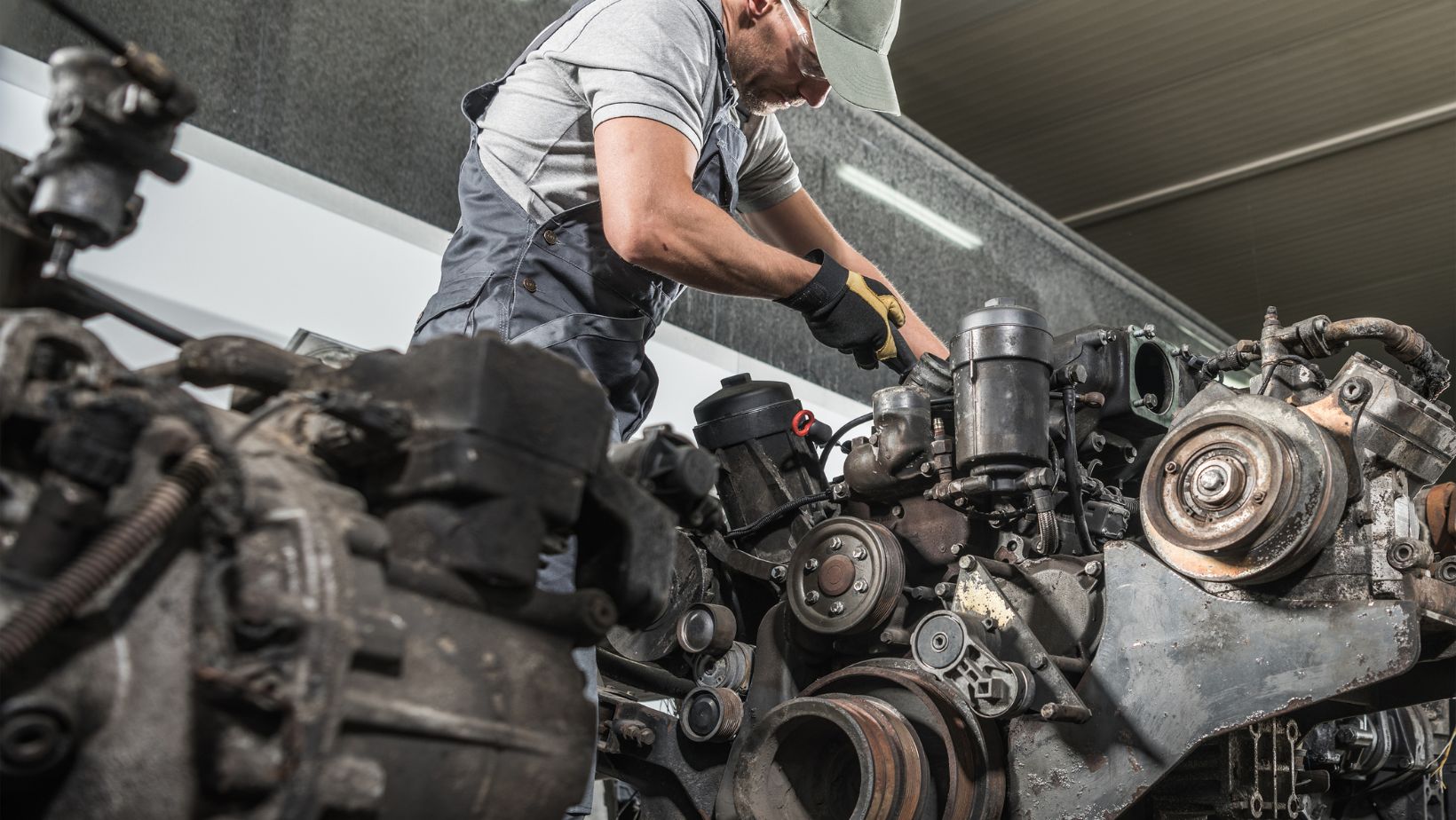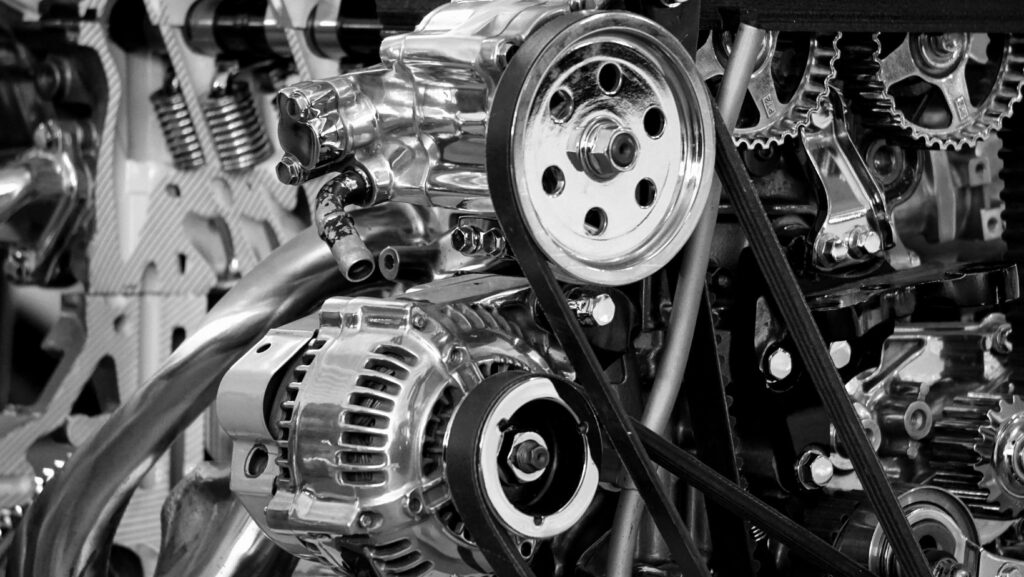Key Takeaways
- Contrasting Philosophies: Mechanics prioritize hands-on experience and immediate problem-solving, while engineers focus on theoretical designs and long-term innovation, leading to potential friction in their collaboration.
- Communication Gaps: A lack of clear communication and differing jargon often results in misunderstandings, complicating interactions between mechanics and engineers.
- Stereotypes and Misconceptions: Mechanics may view engineers as overly theoretical and disconnected from practical realities, whereas engineers might see mechanics as resistant to new technologies, inhibiting effective teamwork.
- Conflict Areas: Divergent approaches to technical decisions and problem-solving can create tension, as mechanics often favor practical solutions while engineers advocate for advanced designs based on theories.
- Collaboration Strategies: Regular joint meetings, shared project management tools, and team-based projects can enhance cooperation and understanding between the two groups, fostering an environment of mutual respect.
- Mutual Respect Importance: Recognizing the unique contributions of both mechanics and engineers is essential for improving relationships and driving collective success in the automotive industry.
In the world of automotive work, a tension often simmers between mechanics and engineers. While both play crucial roles in vehicle design and maintenance, their approaches and perspectives can clash dramatically. Mechanics, who thrive on hands-on experience and practical solutions, often find themselves frustrated by engineers’ theoretical designs that may overlook real-world challenges.
This friction stems from differing priorities and communication styles. Mechanics focus on functionality and immediate fixes, while engineers emphasize innovation and long-term performance. As a result, misunderstandings arise, leading to a perception that engineers are out of touch with the day-to-day realities of the shop floor. Understanding these dynamics sheds light on the complex relationship between these two essential professions in the automotive industry.
Why Mechanics Hate Engineers
The relationship between mechanics and engineers is often marked by contrasting philosophies. Mechanics emphasize practical skills and real-time problem-solving, while engineers focus on design principles and theoretical frameworks. These differences contribute to misunderstandings in their interactions.
Mechanics rely on their hands-on experience to tackle immediate issues. They address challenges as they arise, using instincts and established techniques. Engineers, however, prioritize developing innovative solutions and long-term improvements based on theoretical models. This focus on abstraction can lead to solutions that mechanics find impractical or difficult to implement.
Communication gaps deepen the divide. Mechanics often perceive engineers as out of touch, generating frustration over designs that miss the mark in real-world applications. Engineers may view mechanics as resistant to change, valuing established methods over new technologies. This lack of alignment fosters a culture of mistrust, complicating collaboration between the two groups.
Mutual respect is essential for improving interactions. Recognizing the importance of each other’s roles can bridge the gap. Mechanics provide valuable insights into practicality, while engineers offer expertise in advanced technologies, creating opportunities for more effective teamwork.
Historical Context

The history of mechanics and engineers reveals the deep-rooted tensions that shape their modern relationships. Understanding this context provides clarity to the ongoing friction and perspectives of each group.
Evolution Of The Roles
Mechanics and engineers emerged from distinct origins in automotive development. Mechanics predominately engaged in hands-on repair, focusing on practical problem-solving, while engineers concentrated on theoretical design and innovation. Over time, the roles evolved, with mechanics gaining competencies in diagnostics and electronics. Conversely, engineers incorporated field feedback into their designs, aiming for practicality alongside innovation. This evolution highlighted growing disparities, as mechanics criticized engineers for lack of feasibility and engineers critiqued mechanics for resistance to new technologies.
Key Milestones In Engineering
Several key milestones shaped the engineering field and its relationship with mechanics:
| Year | Milestone | Impact |
|---|---|---|
| 1900 | Introduction of assembly lines | Increased efficiency, leading to complex systems that required specialization. |
| 1950 | Emergence of computer-aided design | Transformed engineering practices, presenting mechanics with new challenges in implementation. |
| 1970 | Rise of automotive electronics | Introduced advanced technology, necessitating collaboration between mechanics and engineers. |
| 1990 | Implementation of lean manufacturing | Required continuous improvement and deep collaboration, yet created tensions regarding traditional roles. |
These milestones demonstrate the shifting dynamics between mechanics and engineers. The advancements pushed engineers to enhance their theoretical designs while requiring mechanics to adapt to more complex systems. This ongoing interplay underscores the friction and mistrust between the two groups, impacting collaboration and communication.
Common Misunderstandings
Misunderstandings between mechanics and engineers arise from differing priorities and perspectives, leading to stereotypes and communication barriers in the automotive industry.
Stereotypes In The Industry
Stereotypes often shape perceptions of mechanics and engineers. Mechanics typically view engineers as overly theoretical, lacking practical experience. This bias stems from engineers’ focus on design, which might appear disconnected from day-to-day challenges in the shop. Conversely, engineers sometimes stereotype mechanics as resistant to innovation, associating their hands-on work with a reluctance to embrace new technologies. These stereotypes create divisions, inhibiting constructive conversations and mutual respect essential for effective collaboration.
Communication Barriers
Communication barriers further exacerbate misunderstandings. Mechanics may struggle to articulate technical challenges in terms engineers understand, while engineers might not provide clear guidance on how theoretical designs apply in practical scenarios. Technical jargon can obscure important details, leaving both parties frustrated. Regular, open dialogue is crucial for bridging this gap, where mechanics can share insights from direct experience and engineers can explain their designs in relatable ways. Encouraging teamwork fosters understanding, allowing both groups to appreciate each other’s expertise and improve overall performance.
Conflict Areas
Mechanics and engineers often clash in several areas, primarily due to differing priorities and approaches. Understanding these conflict areas helps clarify the underlying tensions in their collaboration.
Technical Decisions
Technical decisions often highlight the disconnect between mechanics and engineers. Mechanics rely on practical experience, favoring solutions that work reliably in real-world scenarios. They may resist designs perceived as impractical or overly complex. Engineers, focusing on theoretical foundations and advanced technologies, may overlook essential factors that mechanics deem crucial. This difference in approach can lead to frustrations when engineers propose innovations that mechanics feel complicate their workflows or ignore existing practical solutions.
Problem-Solving Approaches
Problem-solving approaches exhibit clear contrasts between mechanics and engineers. Mechanics prioritize immediate fixes and hands-on interventions, emphasizing how a solution performs under actual conditions. Engineers approach problem-solving from a systematic perspective, using calculations and models to predict outcomes. This conflicting methodology creates misunderstandings, as mechanics may view engineers’ methods as slow or disconnected from reality, while engineers may view mechanics as lacking a comprehensive understanding of design principles. Such disputes impede effective collaboration and delay project timelines when different approaches aren’t reconciled.
Bridging The Gap

Effective collaboration between mechanics and engineers fosters a productive working environment. By embracing open communication and mutual respect, both groups can enhance their interactions and drive innovation.
Collaboration Strategies
Collaboration strategies aim to align mechanics and engineers toward common goals. Regular joint meetings encourage dialogue and facilitate knowledge sharing. Utilizing collaborative tools, such as shared project management software, enhances transparency and accountability. Joint training sessions allow mechanics and engineers to understand each other’s roles and challenges, promoting empathy and reducing misconceptions. Team-based projects emphasize the importance of combining practical insights from mechanics with theoretical knowledge from engineers, ultimately leading to more effective solutions.
Building Mutual Respect
Building mutual respect between mechanics and engineers strengthens their working relationship. Recognizing each other’s expertise fosters an environment of appreciation. Mechanics value engineers’ technical designs, while engineers benefit from mechanics’ practical problem-solving skills. Instituting mentorship programs enables experienced mechanics to guide aspiring engineers, enhancing professional growth. Encouraging recognition of individual contributions reinforces the acknowledgment that both roles are essential for success. By prioritizing respect and understanding, mechanics and engineers can create a unified approach to tackling challenges within the automotive industry.
The Relationship Between Mechanics And Engineers
The relationship between mechanics and engineers is complex and often fraught with tension. Their differing priorities and approaches can lead to misunderstandings that hinder collaboration. However, recognizing and valuing each other’s expertise is crucial for fostering a productive working environment.
By embracing open communication and mutual respect, both groups can bridge the gap that separates them. This collaboration not only enhances individual performance but also drives innovation within the automotive industry. Ultimately, a unified approach can transform challenges into opportunities, paving the way for a more effective partnership between mechanics and engineers.

